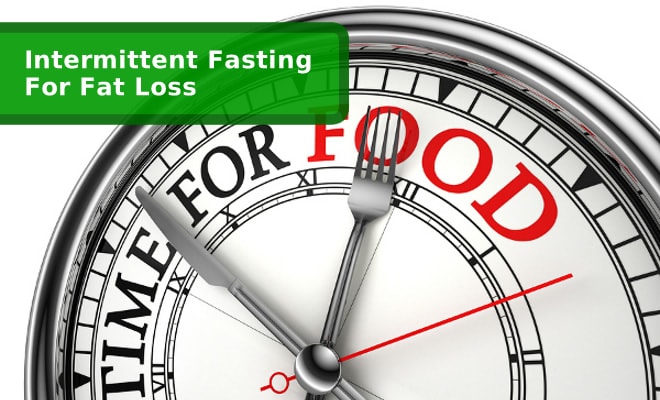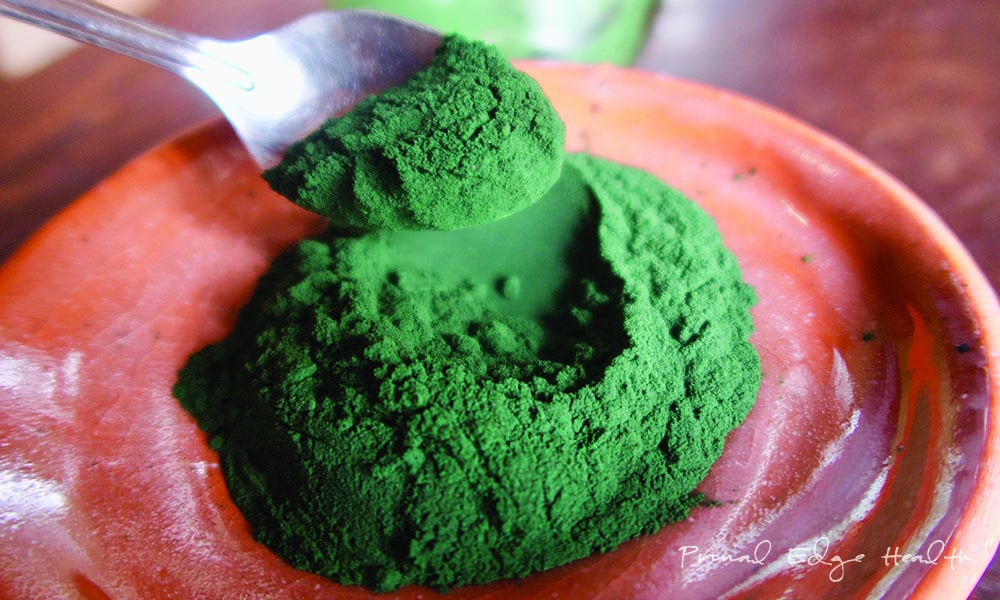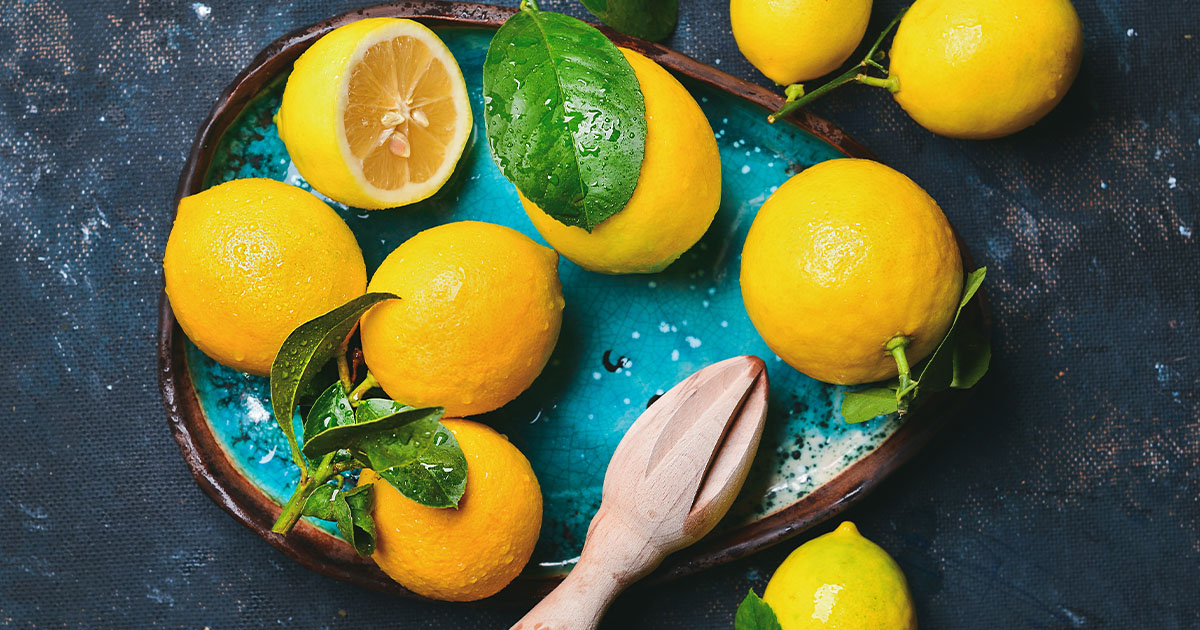Hidden in Plain Sight: Unexpected Gluten-Containing Foods
Primal Edge Health participates in the Amazon Services LLC Associates Program and other affiliate programs and therefore, may collect a share of sales or other compensation from the links on this page. This comes at no additional cost to you, and all the prices and availability are accurate at the time of publishing.
Any gluten-free eater knows the main sources of gluten include wheat, barley and rye. In theory, these may seem easy enough to avoid. However, even the most experienced gluten-free dieters can get tripped up by hidden sources of gluten in a variety of processed foods, making adherence to the diet harder than it might otherwise seem. This guide explores some of the most common gluten-containing foods that require consumer vigilance if you’re practicing a gluten-free lifestyle.

I remember the first time I realized how pervasive hidden gluten could be. I had been strictly following a gluten-free diet for months and felt great. One evening, I enjoyed a seemingly innocent salad at a restaurant, only to feel unwell the next day. It turned out the dressing contained malt vinegar, a hidden source of gluten.
Since then, I’ve become vigilant about checking every ingredient. In this brief guide, I’ll share what I learned so you can avoid the hidden sources of gluten, too.
The Rise of Gluten-Free Eating
In 2013, the FDA issued a final ruling to help define gluten-free food. Since then, the certified gluten-free label on packaged foods has helped customers quickly be able to identify if a product fits their dietary needs. The appearance of that label on a consumer product certifies that it meets the requirements set by the FDA for gluten levels of 20 parts per million or less, the lowest detectable level scientific tools can measure in food.
Use of this label, however, is voluntary on the part of the brand. Plenty of brands whose products may be gluten-free don’t make use of the label. Complicating the matter further, there are many food products on the market that you wouldn’t overtly think contain gluten, but in reality, they do.
Gluten has taken center stage for many as a culprit behind various health issues, ranging from minor sensitivities to the severe autoimmune disorder known as celiac disease. So, it’s no surprise that according to the NIH, nearly one-third of all Americans report that they have either tried to reduce the amount of gluten in their diet or tried to eliminate it altogether.
Popular Foods with Hidden Gluten
Whether you’re a newly diagnosed celiac, suspect a sensitivity or are merely curious, the following are foods to familiarize yourself with. It’s important to always double-check ingredient lists before consuming anything on this list.
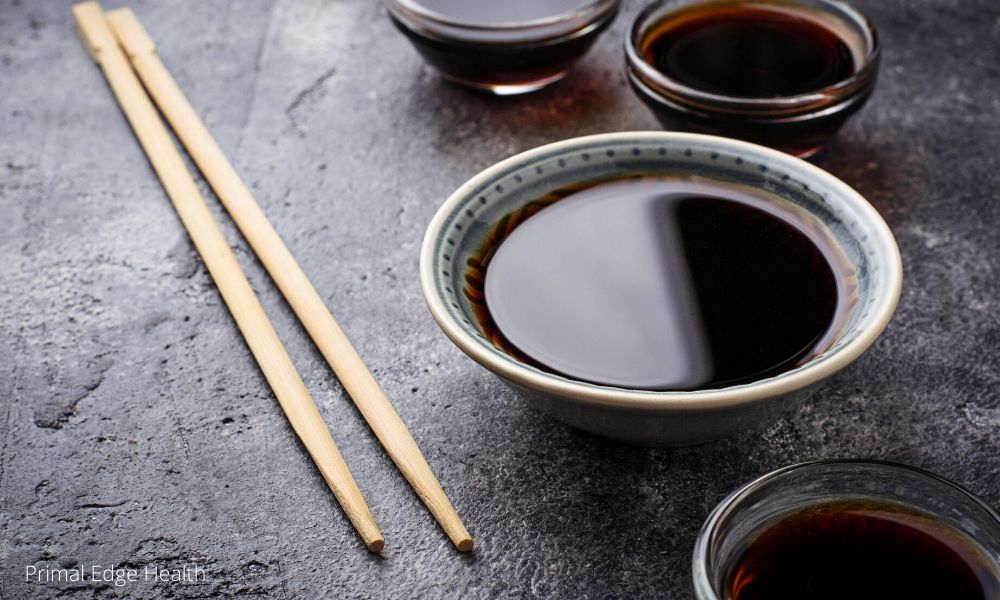
Soy Sauce and Teriyaki Sauce
Condiments can be sneaky culprits of gluten. Both soy sauce and teriyaki sauce are two common offenders.
Traditionally, these sauces contain wheat. I make a soy-free soy sauce that works like a charm.
You can also look for tamari or coconut aminos as a gluten-free soy sauce replacement and a teriyaki sauce labeled gluten-free. Soy sauce is a component of teriyaki sauce, so a gluten-free teriyaki will use one of the aforementioned replacements.
Miso
Miso paste is a Japanese condiment produced by fermenting soybeans and salt with a koji starter. Sometimes, however, barley is also used in the process.
Look specifically for miso paste labeled as gluten-free or check the ingredient label to make sure barley is not listed. Gluten-free miso paste is a condiment worth seeking out for simple, decadent and umami-packed meals like protein miso soup and maple miso chicken.
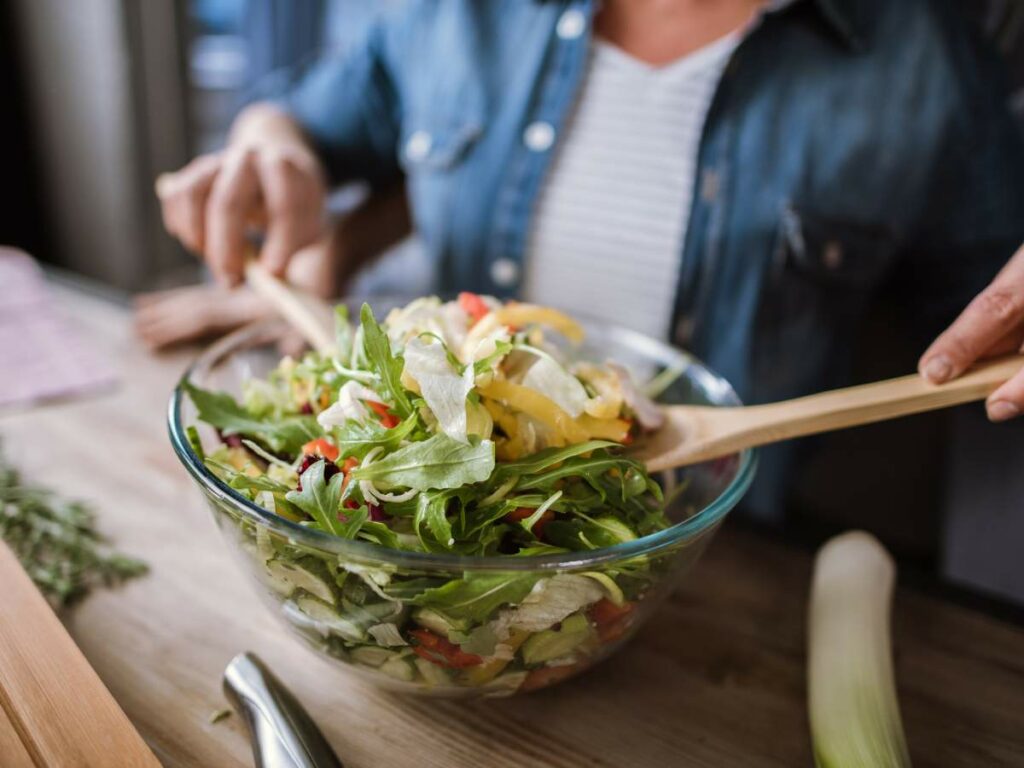
Salad Dressings
When gluten is added to unexpected products, many times, it’s as a thickener, binder or filler. This is why it can often be found in salad dressings. Ingredient labels may list malt vinegar, which is made from barley, soy sauce or flour — all of which are gluten-containing.
Some are even trickier, however, and will include modified food starch. Modified food starch is a starch that can be extracted from a variety of vegetables or grains, including wheat. When it comes to gluten-free salad dressings, it’s best to look for simple ingredient lists or make your own.
Be cautious of salad dressings and sauces when eating out. These are potential hiding spots for gluten, and it’s often hard to get a straight answer about their ingredients. If you can’t be sure, opt for oil and vinegar as a dressing or ask for any sauces to be served on the side.
Meat and Fish Substitutes
Plant-based diets are on the rise, and with them, the options for more meat and fish substitutes. Oftentimes, these products include gluten-containing fillers such as wheat. Seitan, a popular vegetarian meat substitute, is made entirely from vital wheat gluten. Read labels carefully if looking for meat alternatives as a gluten-free dieter. It may be best to make your own plant-based meals from scratch, such as black bean meatballs.
If you’re dining out gluten-free, don’t be shy to ask the server if their plant-based meat replacements contain gluten or not. You can’t always assume vegan or vegetarian restaurants are totally gluten-free unless you ask.
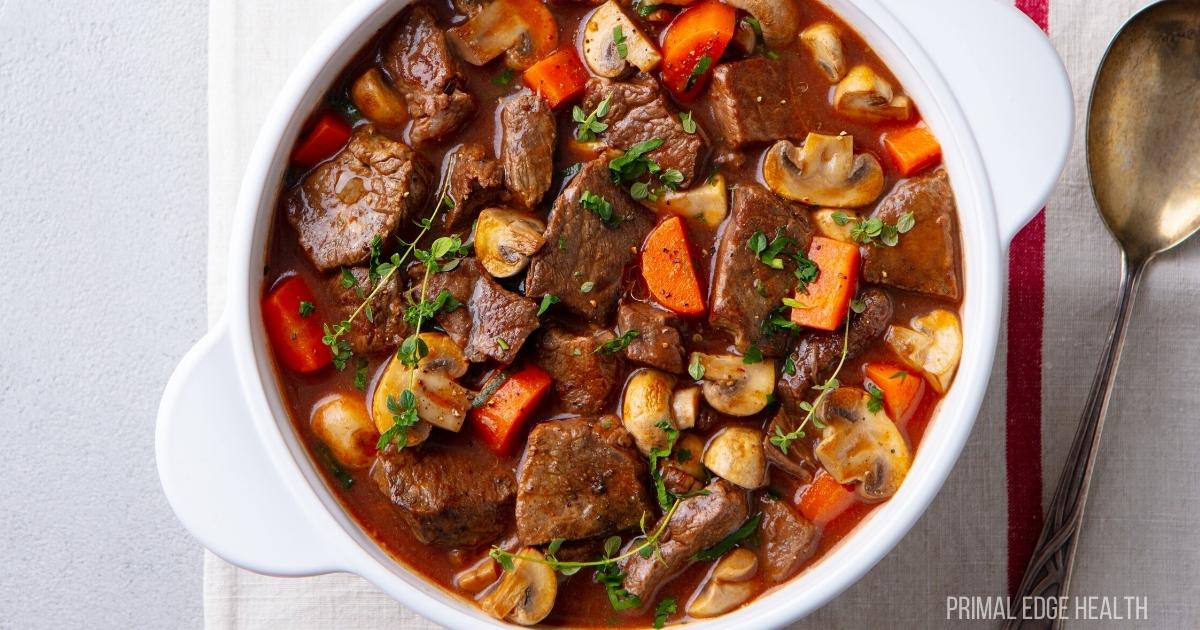
Soup, Gravy and Broth
Soups and sauces often rely on thickening agents such as flour to create a creamy consistency. While it’s easy to modify this at home when cooking by using xanthan gum, gluten-free flour or cornstarch, restaurants and processed food makers often rely on wheat flour as it’s cheaper and more easily accessible. As a gluten-free eater, you need to be aware that an otherwise gluten-free sounding menu item like wild mushroom soup may indeed contain gluten.
“I have learned to either ask or just avoid soups at restaurants unless they’re labeled GF. Even broth-type soups, I’ve discovered, contain flour. At home, I will use corn flour, arrowroot or cornstarch for thickening my soups.”
— Gena, Ginger Casa
Broth and stock can be other unsuspecting hidden sources of gluten. Yeast extract is a common ingredient in powdered or packaged broths, sometimes originating from barley. If a broth or stock isn’t labeled as gluten-free certified, it’s best to avoid it.
Processed Meats
Beware the sneaky gluten lurking in your deli meats, sausages, and hot dogs. These seemingly innocent staples can harbor hidden gluten in the form of fillers, binders, and flavorings. Wheat-based fillers bulk up the product, while barley-derived malt extract adds flavor.
To avoid gluten surprises, inspect the label and ingredient list. Look for gluten red flags like “wheat starch,” “malt extract,” “modified food starch,” and “hydrolyzed vegetable protein.” If it’s not labeled gluten-free, it’s worth contacting the manufacturer or giving it a pass.
Snacks and Candy
Potato chips, rice cakes, and various other snacks often contain unexpected gluten in the form of wheat flour or malt flavoring. These additives are used to enhance texture and taste but can spell trouble for those avoiding gluten.
For instance, many potato chips might seem safe at first glance, but certain brands use wheat-based seasonings or fry their chips in shared equipment with gluten-containing products. Rice cakes can also be tricky, as some varieties use barley malt extract for flavoring.
Candy is another category where gluten can sneak in. While pure chocolate is gluten-free, many chocolate bars and candies incorporate ingredients like malt extract or wheat-based fillers. Licorice, in particular, is a notorious gluten offender due to its use of wheat flour. Always check the labels for terms like “malt extract” or “wheat starch” and opt for brands that specify their gluten-free status.
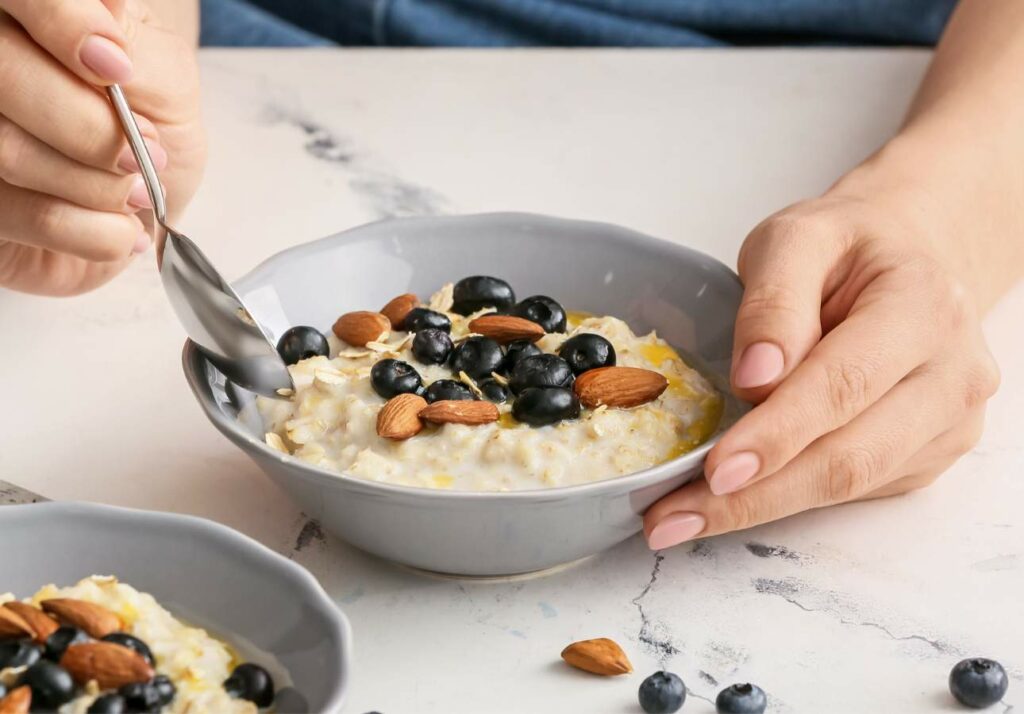
Common Gluten-Free Foods with Cross-Contamination Concerns
As a gluten-free eater, it’s also important to be aware of foods commonly affected by cross-contamination. While these foods themselves are gluten-free, the way they are handled can be cause for concern, depending on your level of sensitivity.
Oats
Oats are a naturally gluten-free whole grain that many gluten-free eaters enjoy in place of wheat. They’re oftentimes grown next to wheat or packaged in facilities that also process wheat. So, you might experience flatulence or bloating after eating oatmeal, which could be a sign that it’s contaminated with gluten.
Unless oats are specifically labeled as gluten-free certified, it’s safe to assume that some level of cross-contamination occurred before reaching your pantry. Always look for gluten-free labeling from the FDA.
Fried Food
If you choose to eat at a restaurant or fast food establishment, know that while the food itself may not contain gluten, it’s almost always fried in the same fryer using the same oil as other gluten-containing foods. Very seldom will restaurants have completely separate fryers for gluten-free foods, so always ask your server before ordering.
Condiments
Condiments like ketchup, mustard, and mayonnaise can also be cross-contaminated with gluten. This can happen through shared utensils or surfaces during manufacturing.
Some condiments may use gluten-containing ingredients as stabilizers or fillers. So, always check labels and opt for brands that clearly state their gluten-free status. When dining out, ask for single-serving packets to minimize the risk of cross-contamination.
Ice Cream
Ice cream is another product where cross-contamination can occur. While the base ingredients might be gluten-free, added ingredients like cookie dough, brownie bits, or flavor swirls can introduce gluten.
Additionally, ice cream can be scooped with the same utensils used for flavors containing gluten, leading to cross-contact. Choose ice creams that are labeled gluten-free and inquire about serving practices at ice cream shops.
To be safe, I suggest sticking to gluten-free ice cream with additives that you are 100% sure are gluten-free. You can even make your own mason jar ice cream at home, no ice cream machine required.
Beverages
Flavored coffees, teas, and alcoholic beverages like beer and flavored malt drinks can sometimes be risky if they’re made in facilities that also handle gluten. Even if a drink says it’s gluten-free, it might still have traces from cross-contamination. Always check for gluten-free labels, and if you’re not sure, don’t hesitate to contact the manufacturer to get the scoop.
The Importance of Being Vigilant
Avoiding obvious gluten-containing foods is only half the battle. It’s the hidden sources that often catch people off guard. Therefore, those with gluten-related disorders must remain vigilant.
If a food doesn’t carry the gluten-free certified label, make it a practice to always read ingredient labels. Familiarize yourself with the terminology. It’s not as simple as looking for wheat, barley and rye in an ingredient list. Words like modified food starch, yeast extract, hydrolyzed vegetable protein, hydrolyzed plant protein, textured vegetable protein, dextrin and maltodextrin are all crafty synonyms.
By understanding and identifying these covert culprits, individuals can not only improve their quality of life but also safeguard their long-term health. Explore more of Primal Edge Health for other gluten-free tips and resources!
Portions of this article originally appeared on Food Drink Life.


